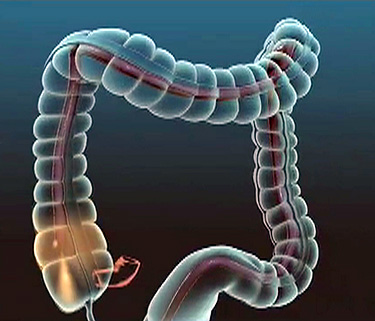Endoscopy
Introduction
Endoscopy
An endoscopy is a procedure in which your doctor uses specialized instruments to view and operate on the internal organs and vessels of your body. It allows surgeons to see problems within your body without making large incisions.
A surgeon inserts an endoscope through a small cut or an opening in the body such as the mouth. An endoscope is a flexible tube with an attached camera that allows your doctor to see. Your doctor can use forceps and scissors on the endoscope to operate or remove tissue for biopsy.
doctor may order an endoscopy if you’re having symptoms of any of the following conditions:
- inflammatory bowel diseases (IBD), such as ulcerative colitis (UC) and Crohn’s disease
- stomach ulcer
- chronic constipation
- pancreatitis
- gallstones
- unexplained bleeding in the digestive tract
- tumors
- infections
- blockage of the esophagus
- gastroesophageal reflux disease (GERD)
- hiatal hernia
- unusual vaginal bleeding
- blood in your urine
- other digestive tract issues
Treatment
Endoscopy is typically used to:
- help your doctor determine the cause of any abnormal symptoms you’re having
- remove a small sample of tissue, which can then be sent to a lab for further testing; this is called an endoscopic biopsy
- help your doctor see inside the body during a surgical procedure, such as repairing a stomach ulcer, or removing gallstones or tumors


